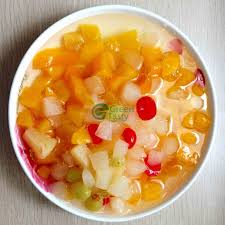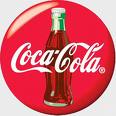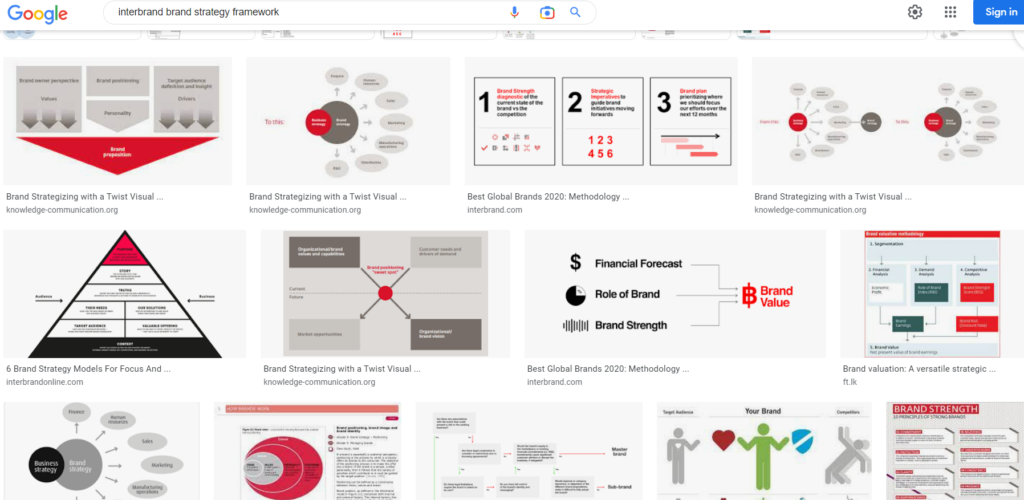Simple Is As Simple Does.
Every time I present my brand strategy framework it gets easier. Most people in the business are prone to talk brand strategy theory. Many use Venn diagrams when trying to be scientific. When just using their words they quote marko-babble terms like “authenticity,” “brand voice,” “personality,” “mission,” “story,” “journey” and the babble goes on. In meetings lately, I’ve been sharing a PPT slide showing the Google results when searching the term “Interbrand brand strategy framework.” There are 114,000 results. And, my-my, don’t click on the images tab.
At What’s The Idea? brand strategy fits into a framework both easy to understand and easy to convey. Brand strategy is not string theory as some planners might have you believe. Our framework comprises “One Claim” and “Three Proof Planks.” Claim and proof. That’s it.
The claim is a boil down of all key customer care-abouts and brand good-ats. What people want and what the brand provides… tobest meet that need. All in a simple statement. The claim is effectively a tagline, but for creative agencies to interpret in their own words. The proof planks are a troika of evidence that sets the claim like concrete. There are three planks because that is what the mind can process.
If you found your way here because you are looking for a simple strategy to guide your brand building, write Steve at WhatsTheIdea.
Peace.










